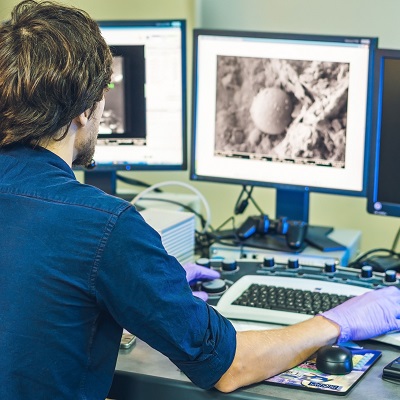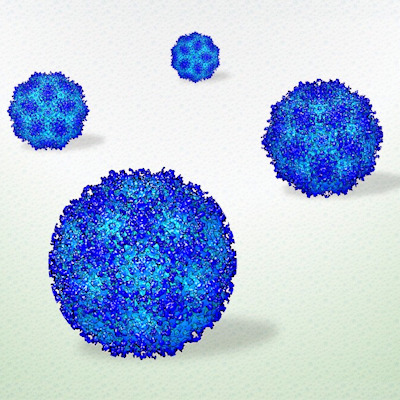July 12, 2022 -- Using cryo-electron microscopy (cryo-EM), researchers from the University of Cape Town have determined the first full-length structures of the human angiotensin-converting enzyme (ACE), a blood pressure-regulating protein, which they say could help improve drug design for heart disease.
ACE, which is a key target for the treatment of hypertension and cardiovascular disease, exists in a monomeric form (one copy of the protein) and a functionally relevant dimeric form (two interacting copies of the protein) that was seen in the study.
"Clinically, ACE inhibitors are recommended as one of the first-line treatments for hypertension, but they non-selectively target both ACE domains and thereby trigger side effects in some patients," said Edward Sturrock, PhD, principal investigator of the study and head of the department of integrative biomedical sciences at the University of Cape Town. "It is really important to understand the structure and dynamics of these newly seen forms of ACE because this could help identify novel sites for the design of domain-selective inhibitors that avoid such side effects."
The study, published in The EMBO Journal, is part of the Synchrotron Techniques for African Research and Technology, a project funded by a Global Challenges Research Fund grant provided by the U.K. Research and Innovation's Science and Technology Facilities Council.
Copyright © 2022 scienceboard.net








